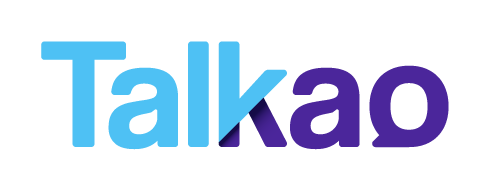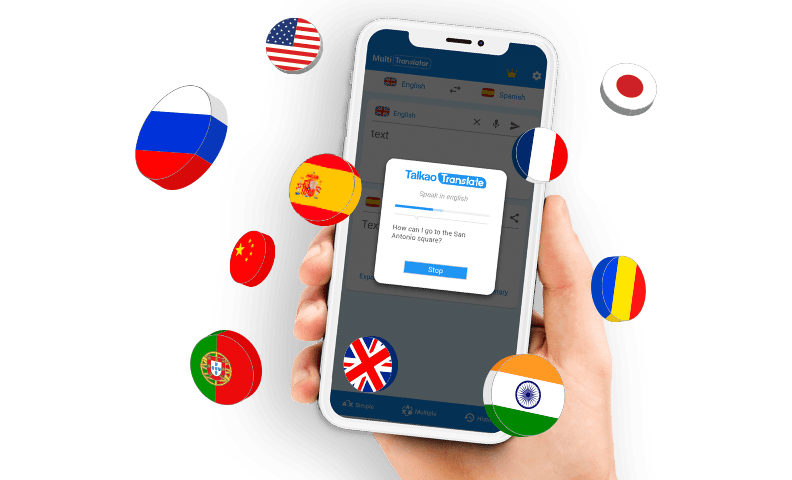
If you’re learning a new language, now you’ll discover an often-overlooked but incredibly useful tool: your very own language journal. At first glance, you might imagine a teenager sprawled on their bed with a felt-tip pen, writing “Dear Diary…” But no, the journal you’ll learn to use today is more like a journalist’s notebook than the diary of a lovesick girl.
As you’ll see in the following lines, a personal language journal can become one of your favorite tools—a marvelous resource for clearing doubts, expanding vocabulary, grammar, and colloquial expressions, while also offering deeper cultural immersion in the language you’re learning.
Let’s learn how to create a language journal!
First things first…
Why keep a language journal when you’re learning a new language?
Learning a new language is an incredibly complex mental process. It’s not just about memorizing new words and comparing their translations with your native vocabulary. You also need to understand each word’s meaning, verb tenses, conjugations, and grammatical structure. You must know how it fits into a sentence and what synonyms could be used to replace or complement it.
Additionally, you’ll need to master grammar and structure your thoughts for both writing and speaking. Not all languages follow the same grammatical rules, and sentences can vary greatly in structure. Add to that the challenge of learning entirely new phonetics or even an unfamiliar alphabet. This all creates a kind of chaotic overload for your brain.
The process of learning a new language involves reconfiguring your brain. It’s as if learning a new language “activates” areas of your brain that are usually dormant. Many neurons that have been inactive since early childhood (when you first learned to speak and write) are awakened from their slumber.
With so many details to manage, without a strict system of organization, everything can quickly spiral into an exhausting mess. That’s why tools like a language journal become invaluable allies in the language-learning journey.
Now that you know the purpose of a personal language journal, you might be wondering…

What exactly is a language journal?
If you’ve ever been to the theater, you might have noticed a small booth hidden near the stage. Inside this discreet box is one of the most critical figures in the theater world: the prompter. Their role is simple yet essential—they remind actors of their lines, correct postures, or give quick advice during a scene.
Think of a self-made language journal as your language-learning prompter. It acts as a memory aid, helping you track vocabulary, grammar, and expressions you need to remember.
It’s used in a simple, intimate way. There’s no single correct use—most people treat it as a personal notebook, writing down phrases, vocabulary, questions, phonetic keys, and anything they need to recall. Since it’s a deeply personal tool, you can use it however you like, creatively shaping it to suit your learning style.
In essence, it’s a reference tool where you can write just about anything—so long as it’s related to learning your new language. Unlike the Hello Kitty diary with a whimsical lock for existential musings, this journal serves a more technical purpose. When tailored to language learning, it becomes a consultation book written in your own hand, offering personalized guidance.
What format should your language journal take?
The keyword here is “personal.” For your language journal to work effectively, it should feel like an extension of yourself. Done right, it will become your travel companion, something you’ll use far more often than you expect. As such, it must be entirely customizable and designed to suit your preferences.
Here are some common formats:
A Notebook
As simple as that. In virtually any part of the world, you can buy a notebook or notepad. It’s affordable, easy to find, and very practical. Preferably, choose a durable notebook that you find visually appealing.
A commercial journal
Here’s where you can pick a Barbie, Superman, or Hello Kitty design. There are thousands of models on the market to suit all tastes. This type of journal is widely available and usually quite economical.
An agenda
If you want a more technical and organized approach to your notes, you can opt for an executive or professional agenda. These often include one or more pages for each day of the year. Some even feature maps, emergency numbers, tips, famous quotes, and an extensive list of additional features.
Your smartphone
Nowadays, almost every smartphone comes with built-in note-taking apps or organizers. If yours doesn’t, you can choose from tens of thousands of note-taking apps available. Some are exceptional, offering features like voice notes, handwriting, screenshots, photos, images, emojis, internet links, and more.
For recommendations, Evernote and OneNote are excellent options. Google also offers a high-quality app called Google Keep.
Tablets
These work similarly to your smartphone but have a strategic advantage: size. When it comes to writing notes, a larger screen can make all the difference in terms of comfort. Some modern tablets are specifically designed to be used like a notebook, allowing you to write by hand, draw, doodle, or whatever you like.
The advantage of options like your smartphone, tablet, or even laptop is that they allow you to digitize your notes. You can pair them with translation apps like Talkao to translate, look up meanings, synonyms, and phrases in hundreds of languages. If you use an app like Talkao’s Camera Translator, you can even translate directly from handwritten notes or any analog text.
Now that you know your options, the next question is: What should you write in your language journal?
Take a look at some ideas.
The content and use of your journal of languages
So, you’ve got yourself a super cool agenda with vibrant colors and an amazing design. Or maybe you’ve downloaded the best note-taking app available on the global market. Now what? Before you repurpose it for something less productive, here are a few recommendations for your language journal.
Remember, this is a P-E-R-S-O-N-A-L journal, which means there are no rules, and you have complete creative freedom. Choose the content, structure, and style that best suits you. Here are just a few suggestions:
Vocabulary
Some languages are incredibly practical, with very few words. For example, Rotokas, a language from Papua New Guinea, has only 12 letters in its alphabet. On the other hand, languages like Spanish boast nearly 150,000 words in their dictionary. English surpasses even that, with over a quarter of a million words, adding around 5,000 new ones each year.
As you can imagine, memorizing such a vast amount of vocabulary is a task for super-geniuses. That’s why, in extensive languages, it’s likely you’ll encounter new words daily. Use your language journal to write these down.
With the help of the Talkao dictionary, you can write their meanings, usage, grammar, and any memory aids to help you remember them. Additionally, using a translation app, you can hear the pronunciation and learn them phonetically.
Common-use phrases and expressions
In languages like English and Spanish, using idioms, sayings, and popular expressions is very common. These phrases often serve as conversational anchors to express ideas or describe situations. The more you engage with the culture, the more familiar you’ll become with these expressions.
Typically, these sayings are not taught in academic environments, even though they’re widely used in everyday speech. Many language schools consider these expressions as informal or non-standard, which might confuse learners. However, in your language journal, you can record them and learn how to use them effectively.
The benefit of mastering such expressions is that they offer better cultural adaptation and a deeper understanding of local customs. Plus, they have a bonus… They’ll make you sound like a native!
Slangs
Slang refers to words or phrases that don’t always have formal recognition. These are often jargon used in specific contexts, and you won’t usually find them in language textbooks. Here’s where your personal journal becomes a valuable tool. Write down their meanings, the context in which you heard them, or how to use them correctly.
Though slang words are often seen as crude or even profane, they can also be highly local or profession-specific. Many professionals, such as doctors, engineers, and IT specialists, use jargon that only their peers understand. Keeping track of these terms will help you navigate various social or professional settings with ease.
Poetic phrases, metaphors, and literary resources
“His black fauces as obscure as the deepest abyss and his piercing eyes gave him the impression of a living flame…” Try translating this phrase in a machine translator and see what you get. Most likely, you’ll end up with a literal translation that sounds strange—or worse, conveys the opposite meaning.
This happens because poetic language in any tongue uses literary resources or creative licenses that allow you to say the same thing in different ways. Nearly every language has such expressions that, when translated word-for-word, don’t make much sense.
Once again, your language journal can save the day. If you hear a song lyric or phrase that catches your attention, you can ask about its meaning or infer it from the context. Write it down and its meaning. Doing this will enrich your vocabulary. You can apply the same method to poems, novels, or any literary expressions that frequently use these tools.

Your trusted companion
At the end of the day, your language journal will become one of your most faithful companions in your journey to learning a new language. It can serve as your most-used reference book and a tool to get you out of tricky situations.
Moreover, maintaining a journal is a beautiful exercise—therapeutic and cathartic, helping reduce the stress that can come with learning.
Dare to create your own language journal… You won’t regret it!








Newsletter